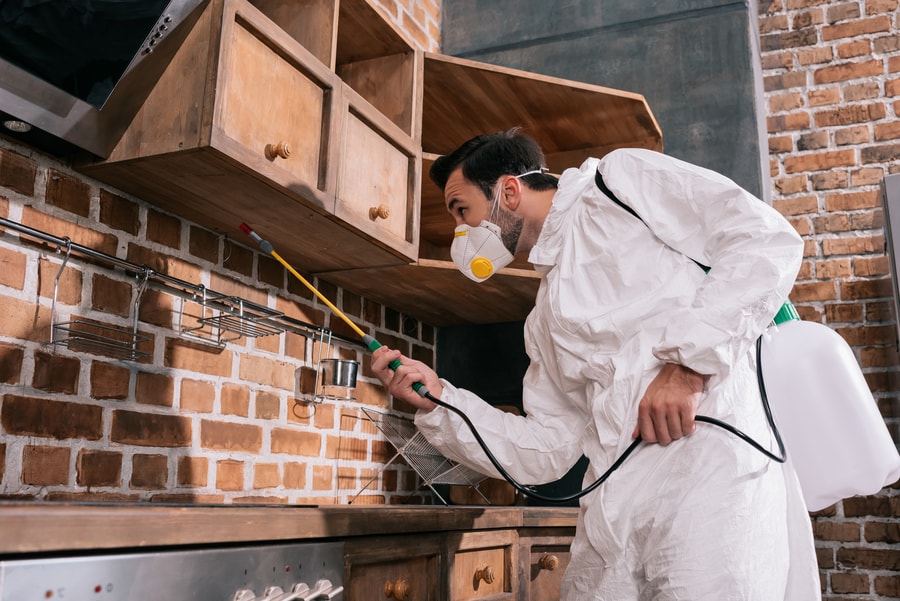What is Termite Control Treatment?
Termite control is an important step in maintaining the health and safety of your home. These insects can be extremely destructive, but there are many ways to get rid of them. The most common method is to use chemicals, but there are also other options. Termite treatment is more effective when performed by a trained professional.
(To know more about local pest control company, visit our website!)

The first step in preventing termite damage is to inspect the area to see if there is an active infestation. You should remove any food and bedding that may attract insects and store medications and plants that are safe to be around. Then, make sure that the foundation, walls, and floors are properly ventilated. This will help prevent the termites from coming back.
Aside from the environment, the species of termite can affect the type of termite control treatment you need. Most companies will offer different treatments for the types of pests they treat. Some treatments are used to kill the current colonies, while others are applied in response to an active infestation. If you want to know what is best for your specific situation, you should speak to a reputable pest control company.
The first option is to use a liquid termiticide. This type of treatment will provide a long-lasting chemical barrier for your home. This method can be applied to your home and will kill any termites that come into contact with it. A few of the liquid termiticides that are commonly used are imidacloprid, cypermethrin, and fipronil.
Alternatively, you can use baits. These are slow-acting substances that are lethal to termites. These materials are made from materials that termites like to eat. They can be used to treat specific areas, or they can be applied to the entire structure. Depending on your particular needs, these baits can be supplemented with liquid applications. These types of treatments are especially helpful in controlling aerial colonies of Formosan termites.
Heat treatment is another common termite treatment option. It is usually considered a more environmentally friendly, and safer, alternative to the more aggressive chemical treatments. It requires a high temperature and is usually applied to wooden structures. The process does not need to be completed for an extended period of time, as the temperature is usually kept at 120 degrees Fahrenheit for about 33 minutes.
Aside from the chemicals that are used to control termites, physical barriers are becoming more popular in the United States. These barriers are made of materials such as steel mesh or sands of certain sizes. These can be wrapped around pipes, wrapped in the front of a house, or placed under the ground in a foundation wall.
Other methods for preventing termites include treating wood debris and repairing leaks. You should never store discarded wood debris near your home. Termites can find their way into your home through openings, vents, and cracks in the floor and ceiling. They can also get inside through utilities, such as water pipes.

